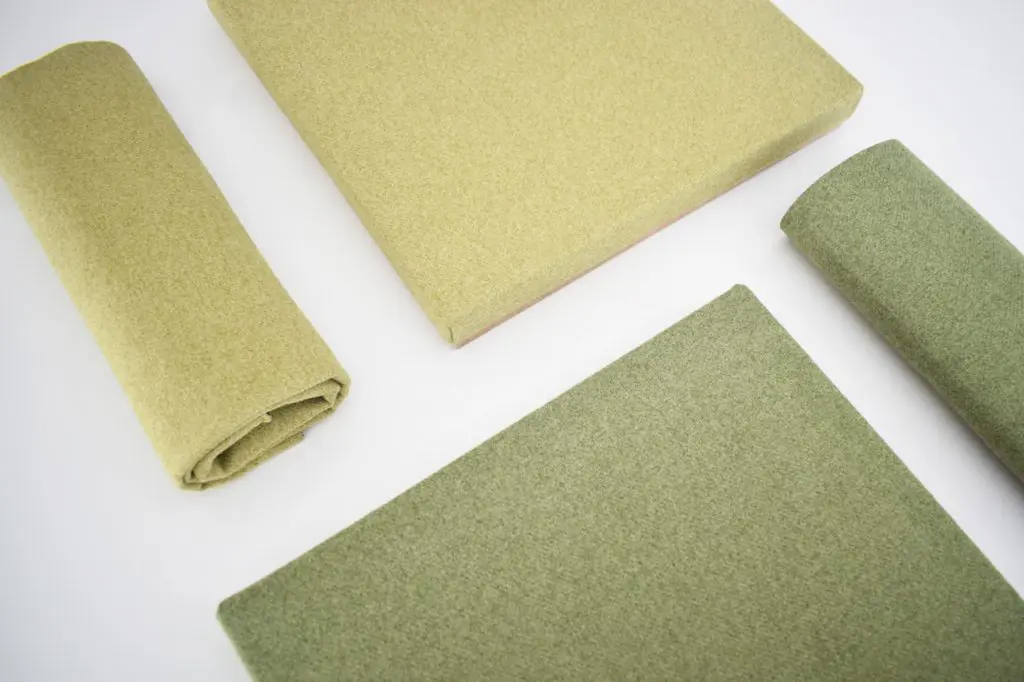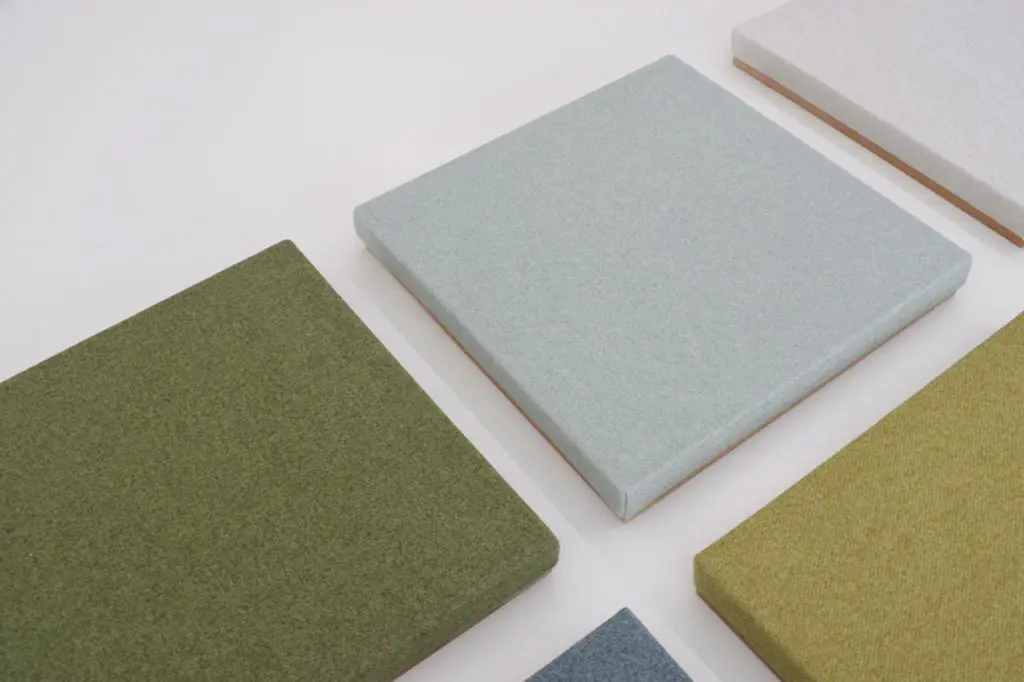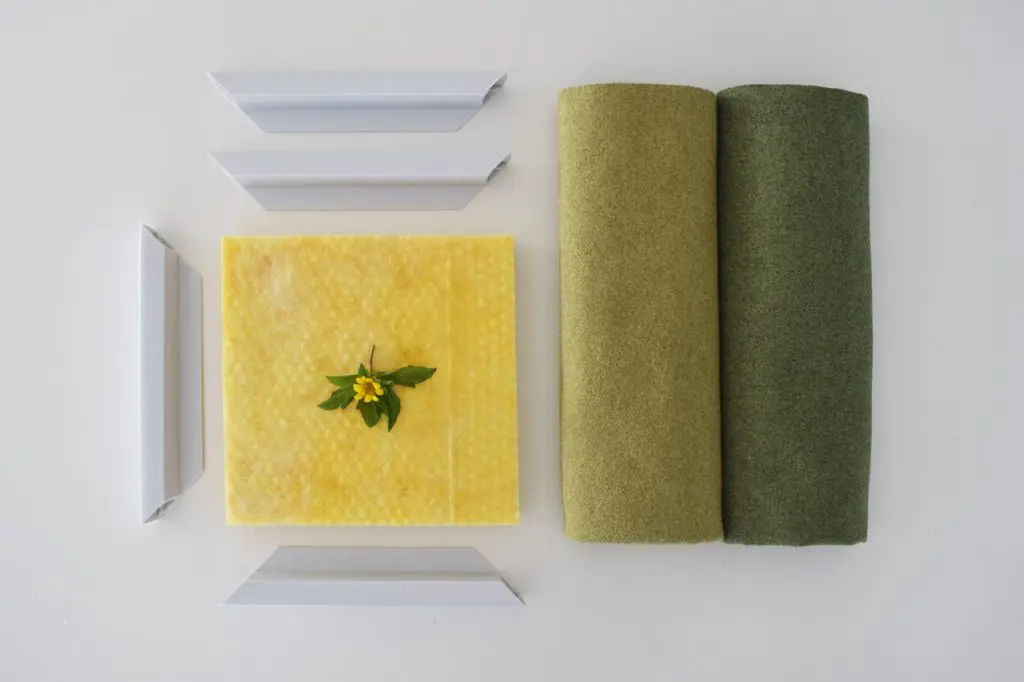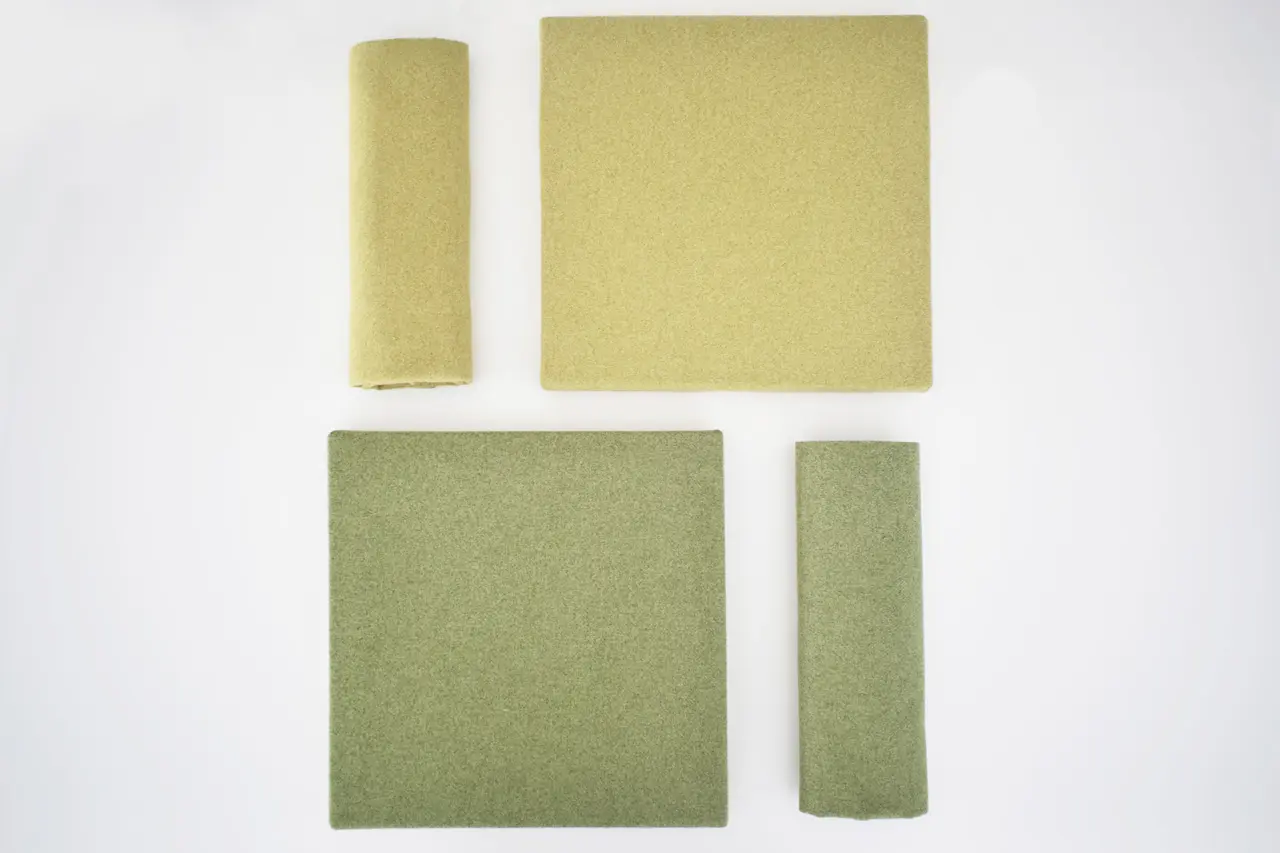The Dual Role of Wall Covering Fabrics
Wall coverings serve two primary purposes in modern interiors: enhancing aesthetics and improving functionality. Fabrics for wall coverings are particularly versatile, offering options that cater to both decorative and acoustic needs. From elegant velvet to high-performance acoustically transparent fabric, the right choice of material can transform any space².

These fabrics are commonly used in applications like fabric wall panels, acoustic wall panel fabric systems, and fabric wrapped acoustic panels. They can complement interior designs while addressing critical issues like sound absorption, insulation, and durability³.

Top Decorative Fabrics for Wall Coverings
Velvet
Known for its luxurious texture and rich appearance, velvet adds a touch of sophistication to interiors. It works well in both residential and commercial settings, offering moderate sound absorption while enhancing the visual appeal of spaces like living rooms, theaters, and hotel lobbies⁴.
Linen
Linen is a lightweight, breathable fabric that provides a natural, rustic look. While it is not inherently sound-absorptive, it can be paired with underlying acoustic materials to achieve better performance. Its versatility makes it suitable for residential and hospitality environments.
Silk
Silk is another elegant choice for decorative wall coverings, providing a smooth, reflective surface. Though not commonly used for acoustic purposes, it excels in creating opulent interiors in spaces like luxury hotels and high-end residences.
Best Acoustic Fabrics for Wall Coverings
Acoustically Transparent Fabric: This fabric is specifically designed for acoustic applications, allowing sound waves to pass through to absorptive cores like Earthwool or Rockwool. It is ideal for fabric wrapped acoustic panels and stretch wall fabric systems⁵.
Wool Blends: Wool-based fabrics are naturally sound-absorptive, making them an eco-friendly option for acoustic wall coverings. They are often used in sustainable designs and align with green building certifications like LEED.
Polyester Acoustic Fabrics: Synthetic fabrics like polyester are engineered for maximum sound absorption and durability. These fabrics are frequently used in high-traffic areas such as offices and educational institutions, where both performance and longevity are critical.
Factors to Consider When Choosing Wall Covering Fabrics
Aesthetic Compatibility: The fabric should complement the overall design of the space. Consider colors, patterns, and textures that align with your interior style.
Acoustic Performance: For spaces requiring sound control, prioritize fabrics like acoustically transparent material or wool blends that enhance noise reduction.
Durability: In high-traffic areas, choose fabrics resistant to stains, fading, and wear. Polyester acoustic fabrics and treated natural fibers are excellent choices for long-lasting performance.
Ease of Maintenance: Some fabrics, like linen and wool, require regular upkeep to maintain their appearance, while synthetic options may be more forgiving.
Sustainability: Opt for eco-friendly fabrics, such as those made from recycled materials or renewable resources, to minimize environmental impact.
Sustainability in Fabric Wall Coverings
Sustainability is a growing priority in material selection. Fabrics made from recycled materials, such as Earthwool cores combined with acoustic fabrics, offer excellent performance while reducing environmental impact. Using sustainable wall covering fabrics can also contribute to green building certifications and energy-efficient designs.

The best fabrics for wall coverings seamlessly combine decorative and functional benefits, making them an essential component in modern interior design. Whether you’re seeking luxurious materials like velvet or high-performance acoustic fabrics, the right choice can transform your space. By considering factors like aesthetic compatibility, acoustic needs, and sustainability, you can create interiors that are both visually stunning and functionally optimized.
References
- “Acoustic Wall Covering Fabrics” Acoustic Geometry, 2021
- “Decorative Fabric Options for Interiors” Interior Design Journal, 2023
- “Acoustic Performance of Wool Fabrics” Knauf Insulation, 2023
- “Stretch Wall Systems for Modern Design” Architectural Digest, 2022
- “Sustainable Insulation and Wall Coverings” LEED Journal, 2023
Share
